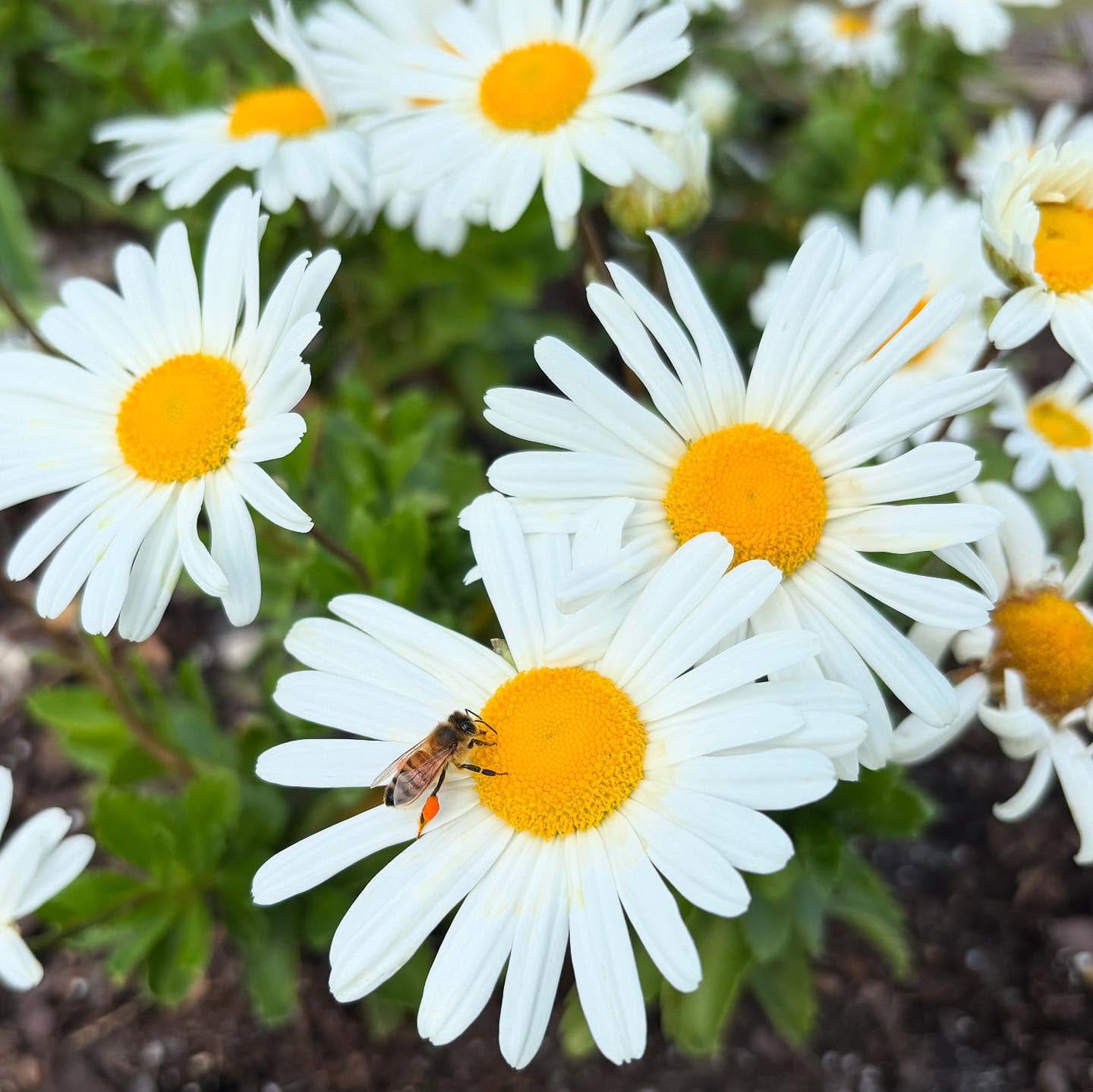
Daisy flowers are bright and cheerful, making them a great choice for garden lovers. They not only look beautiful but are also tough and can grow well in gardens or as cut flowers. Daisies are hardy and can handle dry conditions.
Every year in the winter season, I grow bright and colorful daisy flowers in my garden and I love to do it. I go to my local nursery every year just before the beginning of the winter season, plant it and I can then see the eye-catching daisy.
Daisies are known for their star-like shape and can be either annuals or perennials. They come in a variety of colors, including white, pink, purple, and yellow. As classic summer flowers, they are easy to care for. Daisies bloom all summer long and keep looking beautiful into the autumn.
Before I go forward, just have some looks to my charming daisy flowers below:

If you also wish to grow daisies in your home garden, then below are some key points that you should make...
Soil Preparation and pH
Daisies flourish in well-draining, nutrient-rich soil, and they thrive with abundant water and sunlight. For the healthiest roots and plants, it's beneficial to invest effort into improving your garden's soil before planting. Combine organic materials such as sand, peat moss, and composted manure to craft a fertile environment conducive to vigorous growth and vibrant flowers. These plants perform best in a soil pH that is neutral to mildly acidic, ideally within the range of 6.0 to 8.0.
Guidelines for Planting Daisies
Daisies, embodying their bright and joyful nature, thrive in abundant sunlight. For optimal and flourishing blooms, plant them where they can bask in full sun throughout the season. You can grow perennial daisies from seeds, divide their roots, or start with plants from a garden center. They're also perfect for dividing at the root ball to share their stunning flowers with friends and neighbors.
To grow from seed: Begin planting your daisy seeds in early spring. You can sow them directly into your garden or start them indoors in seed containers with covers. Plant the seeds about 1/8 inch deep in the soil. Germination typically occurs in 10 to 20 days. Expect daisy plants to bloom in the year following their first season of growth.
For planting rooted plants: Create a hole twice as wide as the plant's pot. Carefully place the plant in the hole, ensuring the top of the root ball is level with the surrounding soil surface. Then gently fill in the hole.
Caring for Daisies: Watering and Fertilizing
Ensure to water your daisy plants during dry periods, especially as they develop flower buds and throughout their blooming phase. If the flower stems dry and wilt, they may not recover completely. Water generously at the plant's base to prevent mold and protect the delicate petals from sun damage. Early in the season, apply an all-purpose organic fertilizer to encourage robust and vigorous growth.
Managing Daisy Pests
While daisies are typically low-maintenance perennials, they can sometimes be affected by pests like aphids, slugs, and earwigs. To mitigate these issues, consider integrating companion plants into your garden bed. The most effective pest control strategy involves starting with healthy plants and providing consistent, thorough care. Proper watering techniques and sufficient spacing are crucial for preventing oversaturation, drying out, and ensuring good air circulation.
Pruning and General Maintenance
Regularly deadhead, or remove, fading blooms to promote further flowering. This practice not only encourages new blooms but also reduces the risk of mold on decaying petals.
To prevent overcrowding and a decline in the plant's health, manage the size of the root systems. For particularly large daisy plants, dig them up in clumps every other autumn. Divide the root balls with a sturdy garden shovel, removing the dense, woody center. Replant the divided sections, spacing them 10-12 inches apart.
Winter Preparation for Perennial Daisies
Prepare your perennial daisies for winter by applying a layer of mulch around each plant. Be careful not to cover the leaves, using the mulch to provide a protective cushion instead.
I hope this article is going to be helpful to you and even if you are a beginner, it may be helpful for you as a starting point. Growing daisy flowers in your home garden is a rewarding experience that brings joy and color to your outdoor space with lots of happiness to you and your family members. It will also improve your garden atmosphere.
